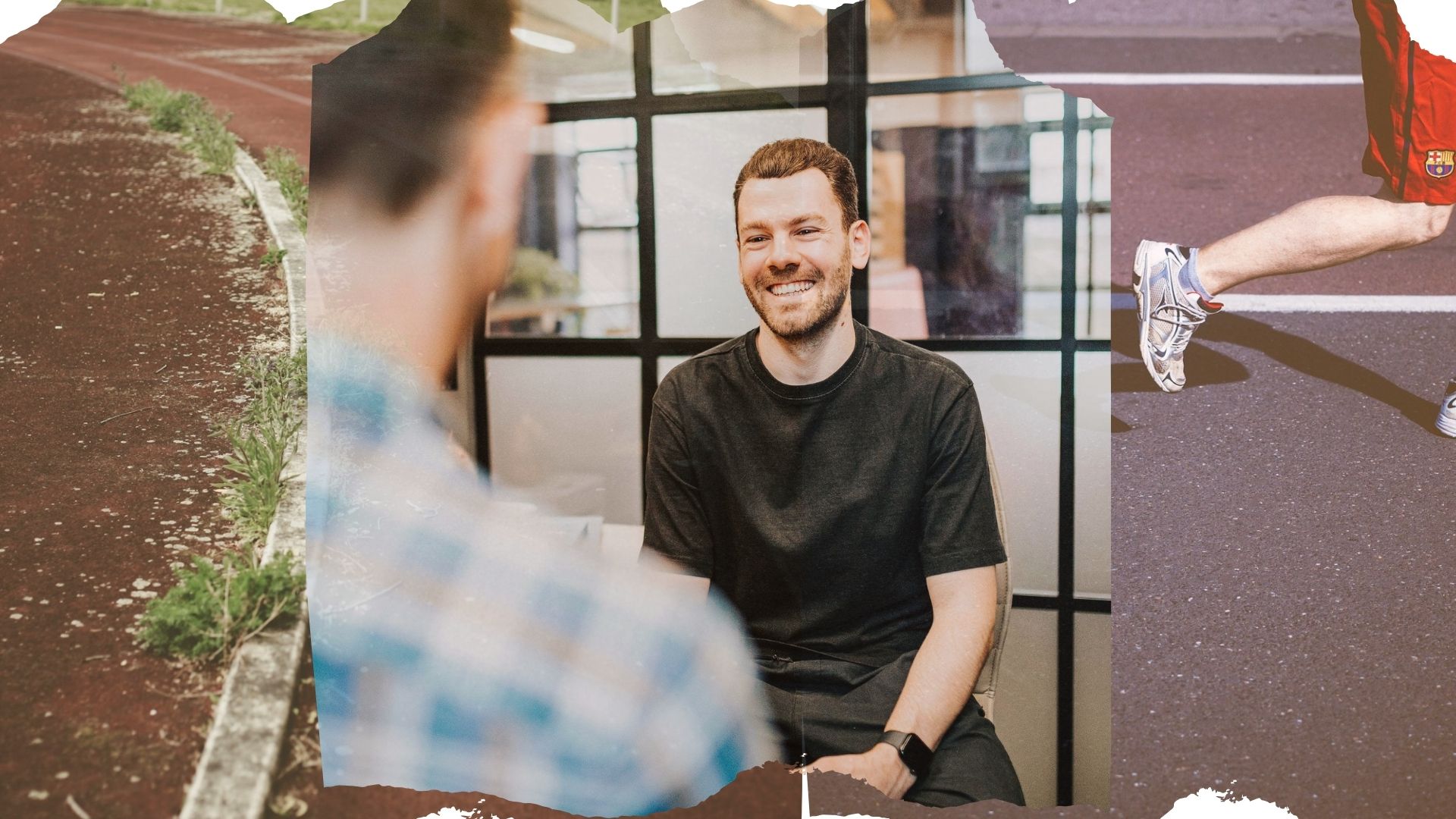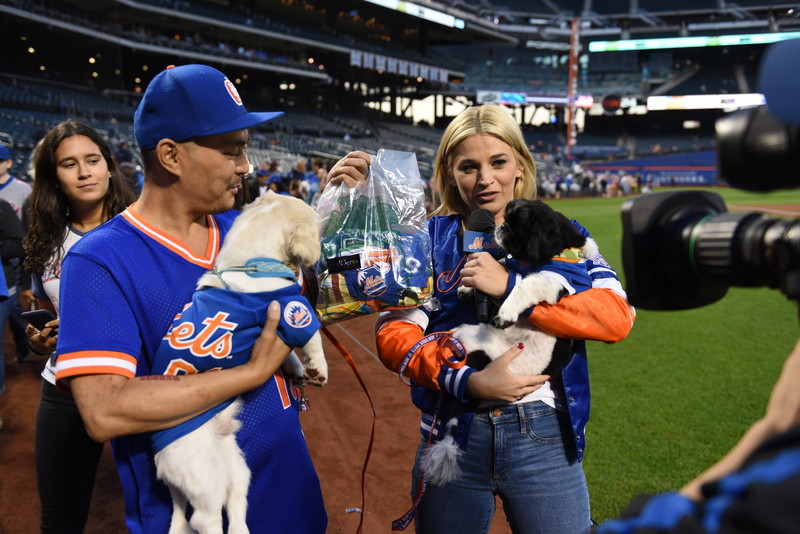Christian Eriksen’s cardiac arrest at Euro 2020 sparked conversations about cardiac health in elite sport – but what about saving lives out of the spotlight? From fundraising raffles to mobile heart screenings, meet the charities working to keep young athletes safe.
Amanda Gretton never imagined she’d be starting a charity. Like many parents, her life revolved around supporting her son’s passion for his grassroots team. Weekend mornings spent routinely on muddy pitches, cheering on young aspiring Cole Palmers, surrounded by families and friends, camping chairs lining the sidelines, and orange slices at the ready. It was a shared love for the game.
However, beneath that familiar joy lurked a silent fear that truly changed everything for Amanda, ultimately leading her down a path she never expected.
“The thought of my son on the pitch and no one being able to help him – that’s what haunted me.”
“I heard about incidents happening to young players on social media – heart attacks during matches. It was terrifying. I thought. What if it’s my son or someone from his team? Does our club even have a defibrillator?”
These questions kept coming to mind, and the answers weren’t reassuring. Like many grassroots clubs, it became clear her son’s team didn’t have the equipment or training to handle a cardiac emergency, where seconds can mean the difference between life and death. For Amanda, a mother and a lifelong football fan, it was a wake-up call.
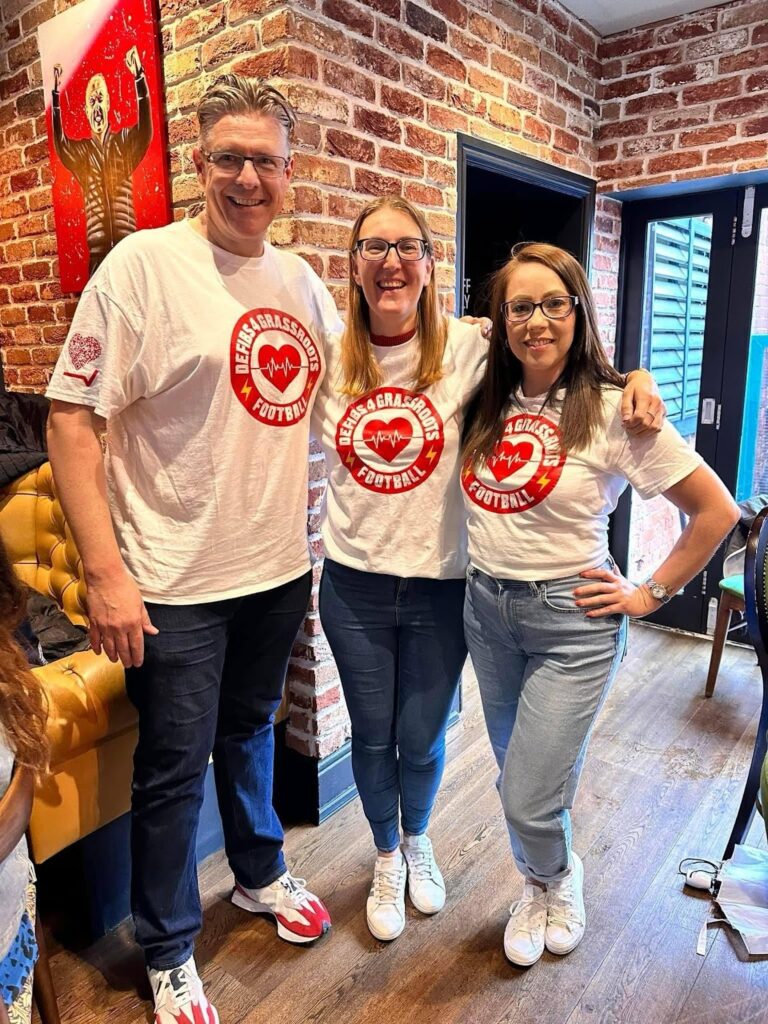
“As a mum, I thought: this can’t happen. I can’t just sit here and hope for the best.
“You hear about these things, but when it could be your own child or coach, it becomes real. I thought, what can I do as a parent? This isn’t just about my son – it’s about protecting all children playing grassroots football.”
What started as one parent’s concern turned quickly into action. A simple raffle was organised to raise funds for a single defibrillator for her son’s club. She didn’t expect much. However, the community quickly proved her assumptions wrong. They came together in ways she never anticipated.
“People donated, they bought raffle tickets. They really rallied around the cause. I was overwhelmed.”
Then, not long after, the requests came: clubs reaching out one after another. This small act of fundraising sparked something much larger.
“It literally snowballed. Before I knew it, I was helping ten clubs. I hadn’t planned for this – it just grew from there.”
Over the last four years, Amanda’s charity, Defibs for Grassroots Football, has placed over 56 defibrillators in local clubs, with five more due out soon.
Amanda and her team juggle full-time jobs and family life alongside their charity work, dedicating evenings and weekends to fundraising events, equipment installations, and awareness campaigns.
“Most of us have kids, jobs – we do this in our spare time. But it’s so important. Every defib we place could literally save a life. That makes it worth it.”
Many grassroots football clubs across the country, often operating on minimal budgets, struggle to afford defibrillators and the training to use them. Without charities like Defibs for Grassroots Football, many would be left dangerously unprepared. It’s no exaggeration to call their work life-saving.
“The defibs are completely free to clubs. Some clubs even raise money themselves to give back because they see the difference it makes”.
Amanda’s ultimate, ambitious goal is to have a defibrillator available at every grassroots match, every weekend. Whether it’s the home team or away that has it – if something were to happen, “help is right there”.
As well as providing that vital equipment, Amanda’s vision extends beyond the pitch – she believes it’s about peace of mind and hope for families, coaches, and players.
“I’ve spoken to parents who have lost their children. That’s what drives me”.
The charity doesn’t stop at equipment. Education is just as crucial. Volunteers work every day to raise awareness and help make CPR and defibrillator use feel like second nature in community sport. Knowing how to use the equipment can be just as important as having it on hand.
“The great thing about defibs is they talk you through everything. You don’t have to be trained. The machine tells you what to do step-by-step, even if you’re a complete beginner.”
High-profile cases like Christian Eriksen’s collapse during Euro 2020 have made headlines, but the vast majority of incidents happen quietly, on local pitches, far from cameras.
“I always think about players like Eriksen and others who survived cardiac arrests. It could happen anywhere, to anyone,” Amanda says.
Defibrillators are only part of the solution – prevention matters just as much as response. That’s where organisations like CRY (Cardiac Risk in the Young) come in: a national charity offering heart screening for 14- 35 year olds, aiming to catch undiagnosed conditions before they turn fatal.
CRY screens 30,000 young people a year using quick, painless ECGs. These screenings detect potentially fatal but often symptomless heart abnormalities like hypertrophic cardiomyopathy, long QT syndrome, or Wolff-Parkinson-White syndrome.
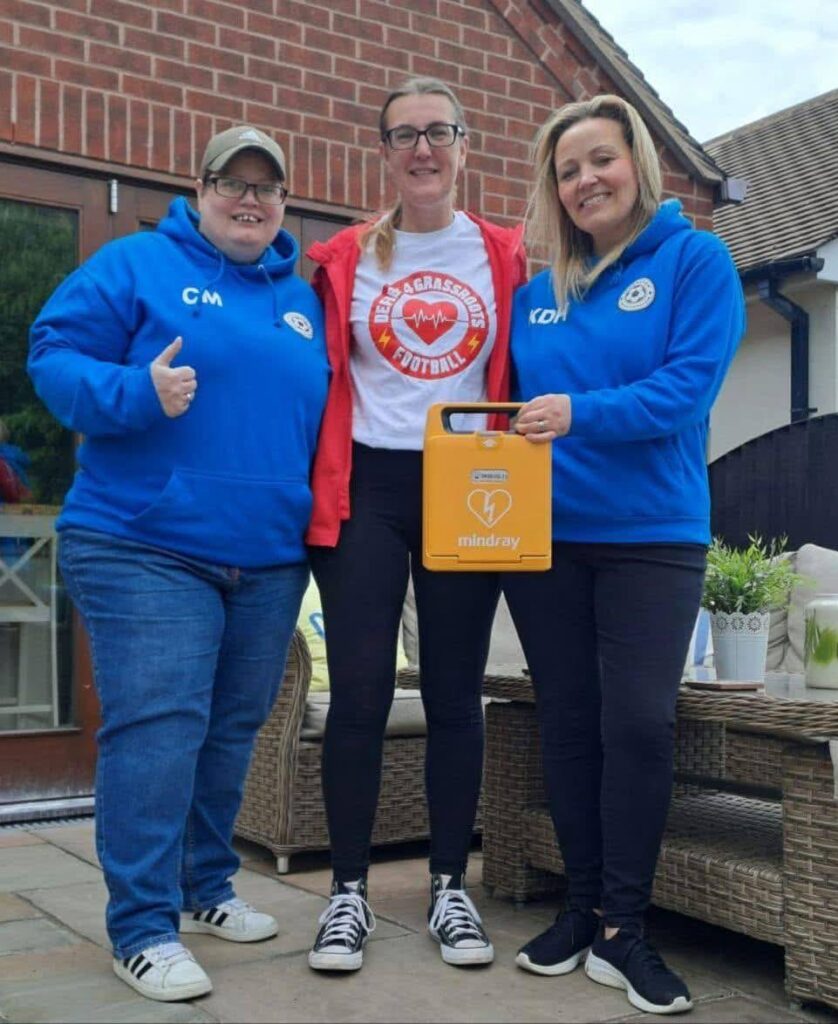
In the UK, 12 apparently healthy young people die every week from undiagnosed heart conditions, many of which are preventable with a simple 12-lead ECG.
The ECG takes just a few minutes, and when interpreted by a cardiologist trained in sports medicine, it can detect 80-90% of life-threatening conditions. In countries like Italy, where ECG screening is mandatory for all young athletes, sudden cardiac death in sport has dropped by an astonishing 89%.
Yet in the UK, only elite athletes typically receive regular cardiac checks. The vast majority of grassroots players fall through the cracks, with no standardised access to screening unless they seek it privately or attend a rare community event.
“We wish it was like that here. Screening should be accessible to everyone aged 14 to 35. Not mandatory, but available: like a smear test. But if you’re not elite, you’re kind of on your own,” says Jo Hudson, a CRY representative.
Many believe that screening should be universally offered, just like cervical smear tests, to catch early warning signs.
“A defibrillator won’t save every young person who has a cardiac arrest. Sometimes the person has died before they even hit the ground. That’s why early detection is absolutely vital,” Jo says.
Screening can also often catch rare but life-threatening issues early – like Wolf-Parkinson-White Syndrome, which a young triathlete from Northern Ireland was recently diagnosed with during a screening.
“His heart’s dangerous pulse was literally eradicated. He’s safe, and back to normal after treatment.”
These are the stories that keep Amanda and others going. For every child saved, there are families left grieving, who now fundraise and speak out so others don’t have to experience the same pain.
The message is clear. Whether it’s a defibrillator beside a muddy pitch or a mobile ECG van at a school, these extraordinary women – and many other charities across the UK – are fighting to ensure that no young athlete dies simply because no one saw it coming.
Together, they’re filling the void left by a system that they feel doesn’t provide adequate protection for young people in sport.
Amanda never set out to change the world. But today, she stands shoulder to shoulder with organisations like CRY and many other unsung heroes working behind the scenes of British sport, proving that ordinary people can do extraordinary things when it comes to saving young lives.
Sidelines Recommends

The hidden hands that built Wimbledon
Wimbledon headlines go to the champions, but it’s the hidden network of groundskeepers, ball crews, umpires, and operators that have helped build its legacy. This is their history. 1877: One court, a handful of staff, and a new chapter in sport One day, on a croquet…
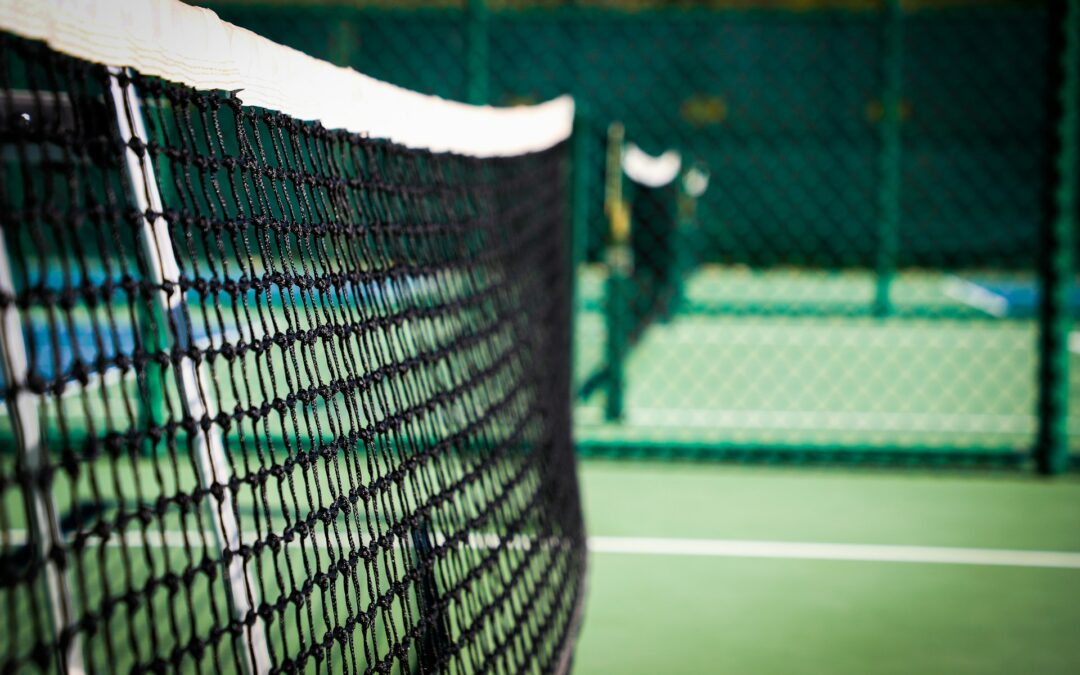
The inside story of Armed Forces volunteers at Wimbledon
Most Wimbledon fans don’t realise, but volunteers from the British Armed Forces play a vital role at the event, as Cerys Jones and Amelia Cox found out.From its all-white uniforms to its delicious strawberries and cream, Wimbledon is a tournament of tradition, but one…
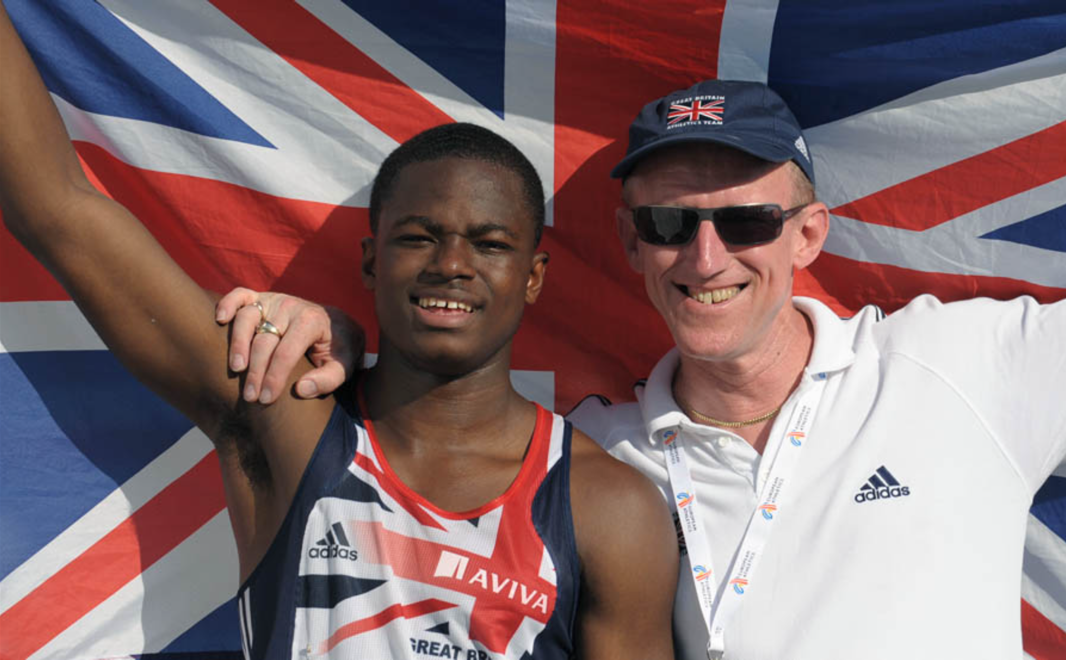
“I was given four to six months to live”: athletics coach John Powell’s story
Whether it’s shaping future Olympians or them helping save his life, athletics coach John Powell MBE proves coaching doesn’t stop at the finish line.

